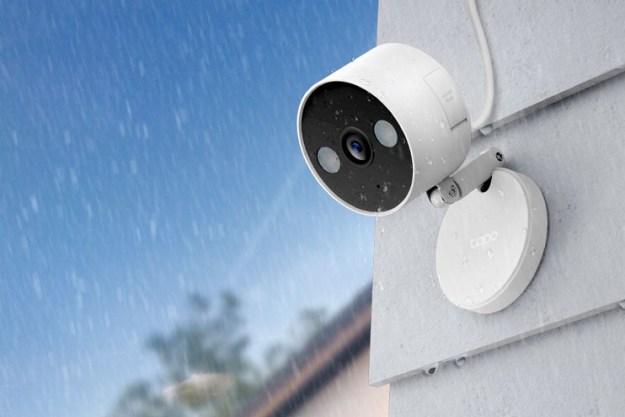Since 2011, over 4 million Syrians have left their homes to avoid the civil war, with roughly 629,000 going to Jordan. A hundred thousand live in refugee camps there, including at the Middle East’s largest camp, the Za’atari. There, over half of the occupants are children, and it’s difficult to educate or train them, according to the U.N. Refugee Agency.
After three years, many of the camp’s tents have been replaced with prefabricated housing, but it’s also home to a unique school, the product of Re:Build. Architects Cameron Sinclair and Pouya Khazaeli worked with Save the Children, Relief International, and Pilosio Building Peace to construct a building made of scaffolding; gravel, sand, or stones; and a roof that has solar panels.
What makes the structures unique is that they take no construction knowledge, so the refugees can build them on their own. The materials are at their fingertips, because the local rocks or sand provide the insulation. While the Re:Build project has only made two schools thus far, the architects say the structures could also be used as homes and clinics. The modular buildings are designed to break down easily, too, so people can take their houses with them.
The sustainable structures have containers to collect rainwater, plywood floors, and a soil roof that can grow crops. When the refugees put up the structures, they’ll be paid for their work; it’s meant to make people feel a little more empowered, Sinclair told Fast Company:
“By engaging the refugees as paid laborers ensures that they once again feel in charge of their own destiny and leave with the skills to reassemble the school back in their home country,” he said.
Constructing the schools cost $33,000 a piece and took two weeks. Though it’s not exactly cheap, it was faster and less expensive than a traditional school, and it took no electricity or water. Sinclair thinks it’s worth the cost, because of what it will mean for kids living in the camps. “When a child has nothing to live for, they have everything to die for, and lack of compassion breeds distrust and hatred. This is more than the right to education; this is the right to believe in a positive future,” he said.


